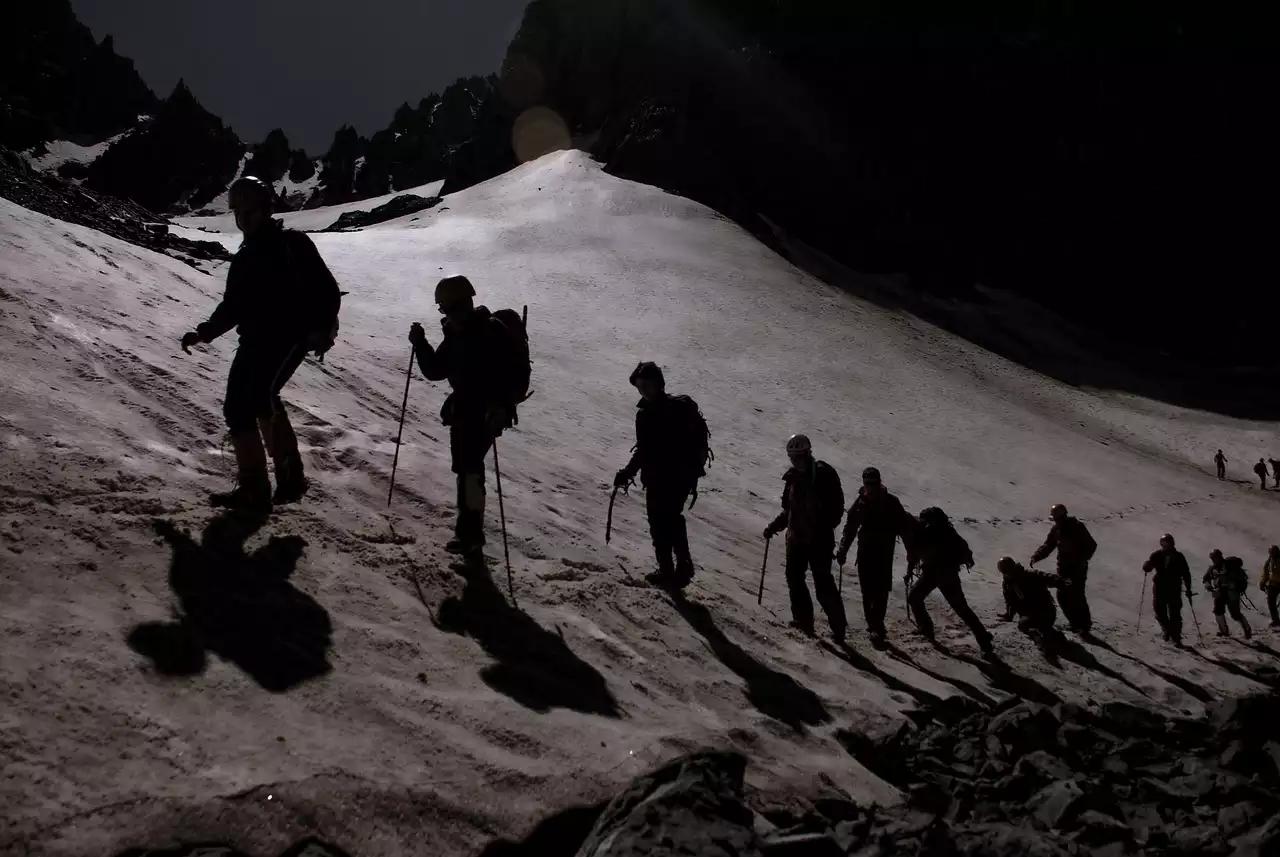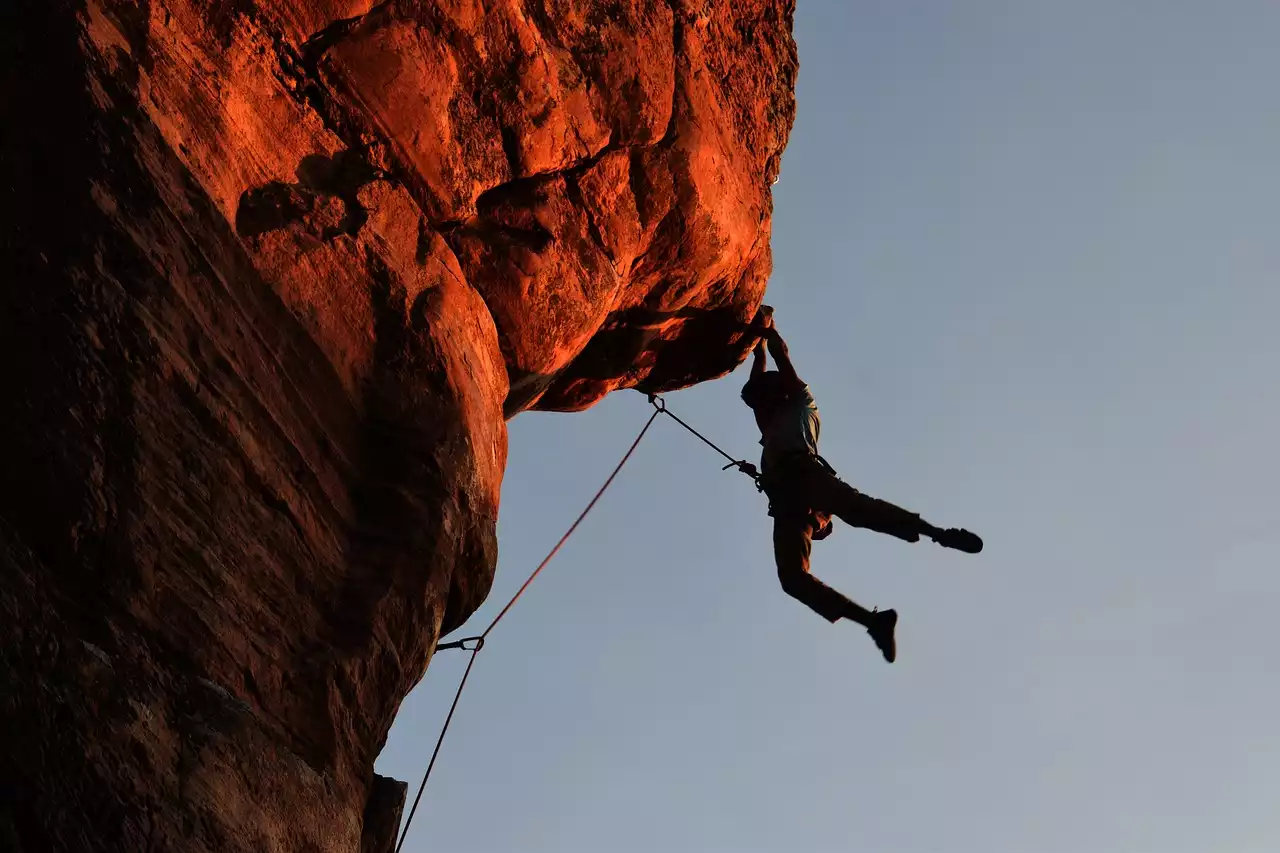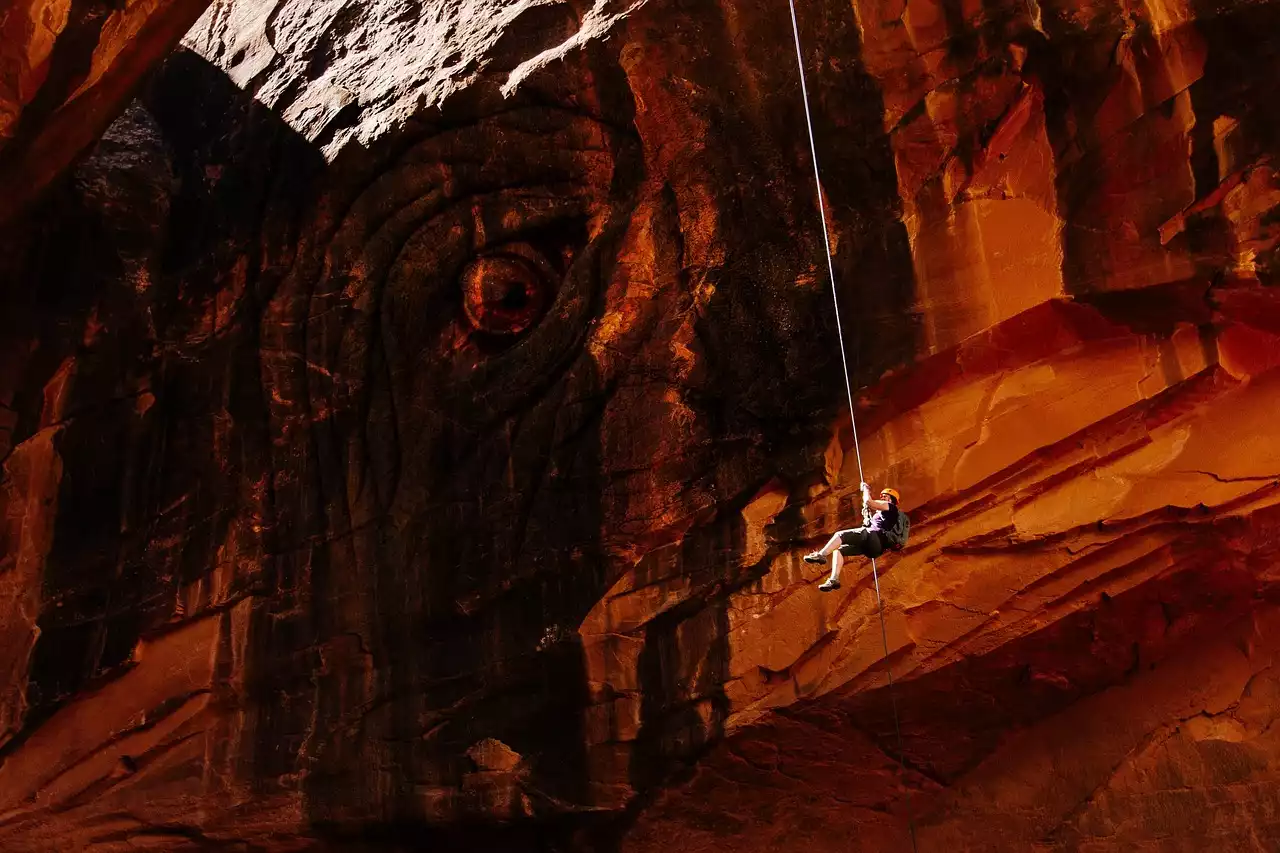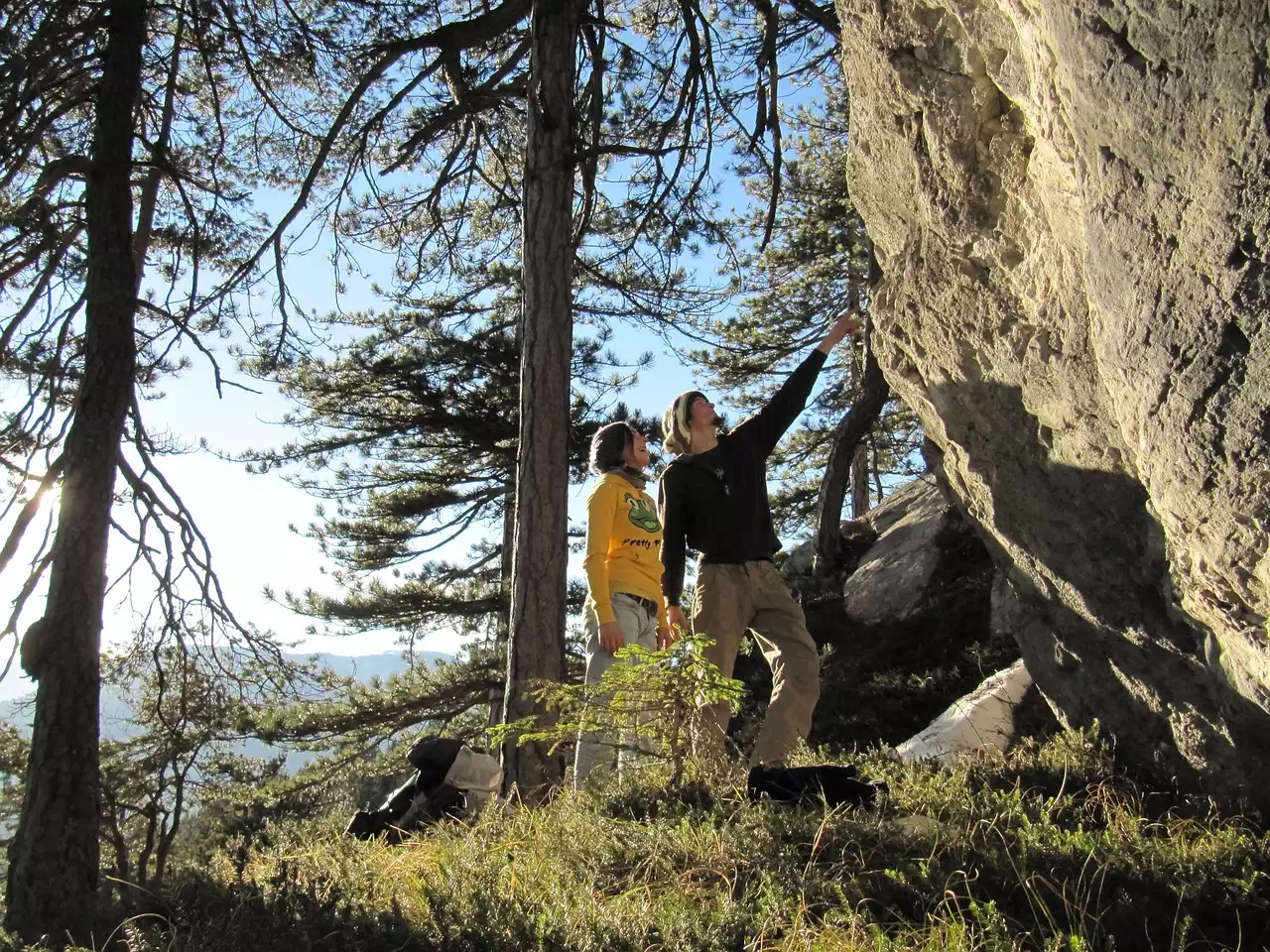Benefits of the flagging technique
- Improves balance and movement while climbing
- Flexible and stronger muscles in your legs and core
- Greater precision and control when climbing
- Better coordination and agility on the rock face
- Improved climbing confidence and skills
- Safer climbing - reduces the chance of falls
Understanding the flagging technique
When you are climbing, you will often use the foot and hand holds to assist you in moving up the rock face. To stay balanced and climb without having to use these holds, you will also use the flagging technique. When you extend your leg and foot on the same side as the handholds, you will create a deeper foothold, increasing the stability of your stance and reducing the chance of falling down the rock face. There are a few different ways that you can flag. By using your whole foot and extending your leg, you will use a technique called “crimp-on-to.” By gripping with your thumb and forefinger, you will use a “fist-on-to.” Each technique has advantages and disadvantages, so it is essential to experiment with each to find out which one you prefer.
Different flagging techniques
- Crotch-on - by putting your foot in the crack or gully and then pulling your knee towards your chest, you will create a stable crotch-on (pictured right). This is the most common way to the flag. This technique is also commonly used when climbing on a vertical rock face.
- Fist-on - by gripping with your thumb and forefinger, you will create a stable fist-on (pictured above). This is often used when climbing on a flat rock face, or when climbing the same feature repeatedly.
- Lock-on - by using both hands, for example by locking your hand onto a hold and then pulling your foot in, you will create a lock-on (pictured below). This is often used when climbing over or around obstacles, or when climbing on a flat rock face.
- Loop-on - by looping your foot around a hold with your foot, you will create a loop-on. This is commonly used in “pockets” or holes that are small enough only to fit your shoe size.
Practicing the flagging technique
You will want to practice flagging on a horizontal or vertical rock face that is relatively easy to climb. This can be a training wall at your local gym or a wall at your local park. Once you have found a suitable wall, practice both “crimp-on-to” and “fist-on-to” techniques on the wall. Often, when you are starting to climb again after a break, you will find that you are using a more powerful and aggressive climbing style. This is perfectly normal and should be practiced in addition to the rest of your climbing. Try to practice both a more relaxed and controlled climbing style to help you mix up your climbing style and stay safe. When you are flagging on a horizontal rock face, you should be able to use both “crimp-on-to” and “fist-on-to.” When flagging on a vertical rock face, you should be able to use both “crimp-on-to” and “lock-on.”
Using the flagging technique in various situations
- When you are climbing horizontally or on the same hold repeatedly, you can use the flagging technique. By extending your leg and foot on the same side as the handhold, you will create a deeper foothold and be able to stay balanced and move safely up the rock face.
- When you are climbing over or around obstacles, or on a horizontal rock face, you can use the flagging technique. By extending your leg and foot on the same side as the handhold, you will create a deeper foothold, reducing the risk of falling.
- When you are climbing on a vertical rock face, you should be able to use both “crimp-on-to” and “lock-on.”









